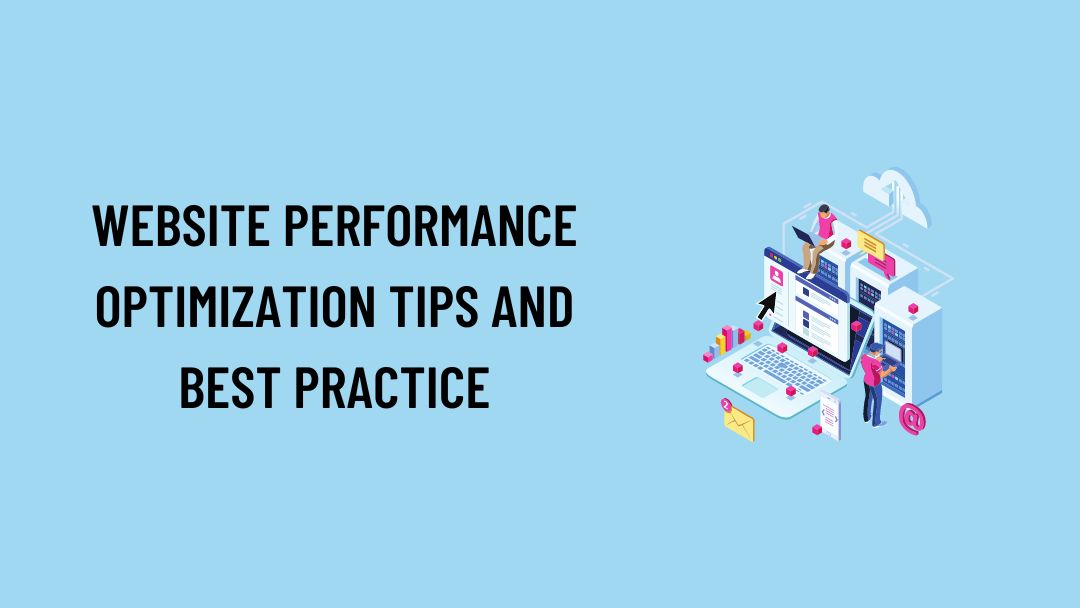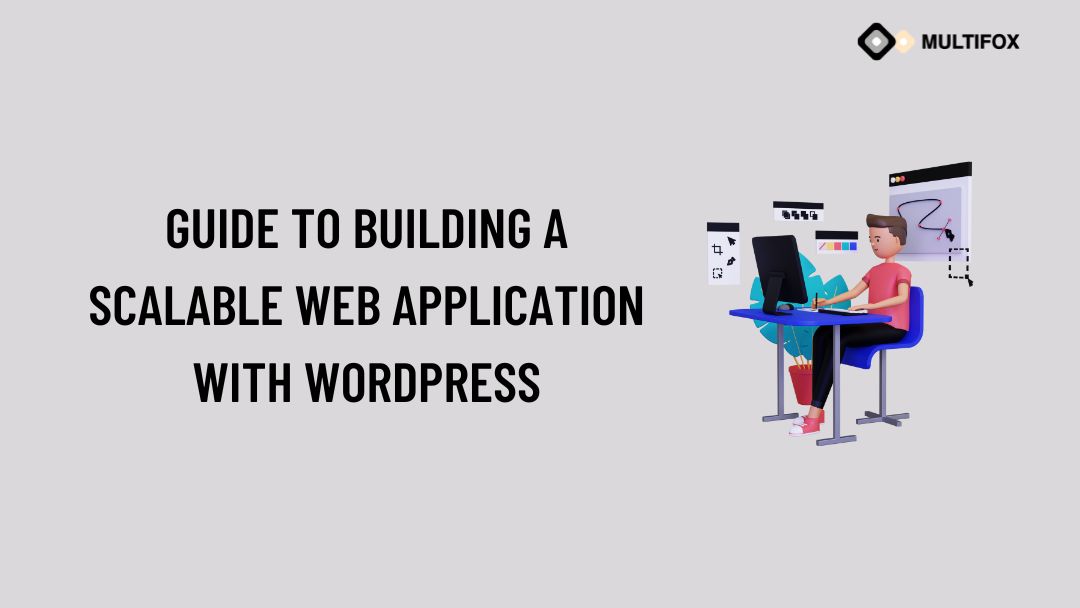Are you looking to build a scalable web application with WordPress but don’t know where to start? You’re not alone. WordPress is a powerful...
Website load times used to take several minutes, but those times are long gone. Nowadays, most of us have access to high-speed internet connections not just in our homes but wherever we go. People use the internet for many purposes, e.g., education, entertainment, and many other tasks to complete. Many people play online video games in their leisure time because of the accessibility of gaming PC, laptops, and mobile phones.
That’s why we cannot make an excuse for low website speed. Website performance optimization is essential, especially with so much online competition. The speed of your website creates the first impression of your company on the visitors. User experience is a one-shot deal. You will not get a second chance.
One of the most annoying things that will turn people off from your business is slow website speed. Website speed optimization can assist you in increasing the average time on the page, decreasing the bounce rate, and converting more visitors into customers.
High-performance websites increase return visits, bounce rates, conversions, engagement, organic search rankings, and user experience. Slow websites cost money and as well as a poor reputation. Reducing website load time improves marketing and sales.
You’ll have more people visit your site and get more qualified leads that can be turned into customers. In this article, we will provide you with tips on how to increase the performance of your website.
Table of Contents
What is the optimization of website speed?
Optimization of website speed is done by implementing strategies and best practices in order to make a website fast.
Optimization of website speed improves conversion rate, a decreased bounce rate, and an enhanced user experience.
Also Read: Key Factors Affecting Your Website Conversion Rate
Why Is Website Speed Optimization Important?
Page load time is a web performance metric that measures how long a page takes to display. Page speed increases conversion rates which means you will get visitors, and they will do what you want them to do. The load time of your website also influences how easily users can find it. Google ranks sites based on speed.
Website speed, load time, and responsiveness to user requests affect customer loyalty. User satisfaction increases with website performance. A successful user experience can help you develop a significant customer base and a powerful brand.
How Can You Optimize Your Website Speed?

Images, hosting, JavaScript and CSS files, and web fonts might slow down your website. To get the fastest website possible, you can optimize all of these factors by following the steps below.
1. Site Audit
Before making any changes that might affect how your site loads and handles content, it’s a good idea to do an audit of its current performance.
Start with PageSpeed Insights, a free tool. It would test your Core Web Vitals and tell you if your website passed. It will also give your site a color-coded performance score and suggest ways to improve it.
2. Prioritize The Most Important Fixes
After identifying website speed issues, prioritize fixes by visitor importance. If your site loads slowly, address server-side issues such as hosting provider or DNS issues. This is the most important thing, even if your site’s content is slow to load. Visitors won’t stay around to see your content if the page itself takes a long time to load.
3. Hosting Provider Selection
Every hosting providers have varying baseline performance. Shared hosting plans can’t be compared to dedicated servers. Choose a web host that performs well overall. When choosing a web host, examine features, costs, and reviews.
4. GZIP Compression
GZIP compresses website elements, as its name implies. Enabling GZIP compression can reduce page weight by 70%. In most cases, the size of a page directly affects how quickly it will load.
5. Consider Using CDN (Content Delivery Network)
On the majority of hosting platforms (except cloud hosting), your website lives on a single server in a particular location. Every visitor to your website must connect to that server, which can cause bottlenecks.
CDNs are worldwide clusters of servers that store backups of websites. They store replications of your data at different locations using multiple servers. When a user visits your website, the CDN selects the server(s) closest to their actual location in order to maximize content delivery.
Also Read: Best Web Host with Free Website Migration
6. Minimize HTTP Requests
For retrieving data from the server, the browser uses HTTP (hypertext transfer protocol). Between the client and server, data is exchanged as a request and response. In general, the greater the number of HTTP requests a website makes, the slower it will load.
There are different ways to limit the number of requests. For example, you can inline JavaScript if it is very small, you can use CSS sprites, and you can also use less code. You can limit the use of third-party plugins to reduce the extra number of requests.
7. Image Optimization
Pictures can make your site more interesting and appealing, but high-resolution ones might slow loading times. Many photo-editing products have “save for web” options that optimize images for websites, but there are also free online solutions for compressing common file types.
8. Limit Total Redirects
Redirects are an excellent approach to linking high-traffic, high-ranking pages to newer content. But, when there are more redirects, the server has to work harder, which can slow down the loading time. Although it is advantageous to use a redirect initially to maintain content views, old redirects should be replaced with new content as soon as possible to reduce load times.
9. Move to a CMS
Website builders can swiftly build and customize sites. It may lack the infrastructure and features to support websites with complex issues like poor load times. Consider switching to a CMS if you lack the time, money, or experience to implement all of this guide’s optimization recommendations. A suitable content management system can boost website performance by simplifying content retrieval and providing options to modify site operations with robustness. Even some CMS has built-in CDNs.
10. Fix 404 Errors
If a user tries to access a page that has been removed or relocated, they will receive a 404 error message, also known as a “page not found” problem, and they are highly unlikely to return to your site. Fix 404 errors by using free tools outside of your site to find 404 results and remove dead links.
Read Our Related Articles:


